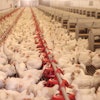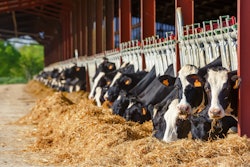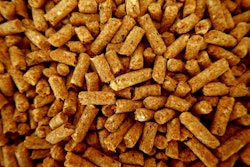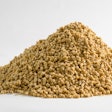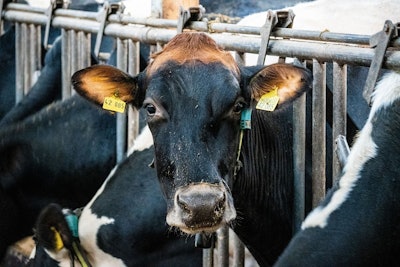
Global feed production increased to 1.396 billion metric tons in 2024, up 1.2% from the previous year, according to the 2025 Alltech Agri-Food Outlook. The report draws on data from 28,235 feed mills across 142 countries and serves as a benchmark for the livestock and animal nutrition industries.
This rebound follows a flat year in 2023 and occurred despite continued disruptions from highly pathogenic avian influenza (HPAI), economic instability, and extreme climate events.
The 10 highest-producing countries — led by China, the U.S., Brazil, and India — accounted for 65.6% of all global feed production. While China saw a 2.03% decline, the U.S., Brazil, and India posted modest to moderate gains.
Species-specific insights
Poultry feed production rose for both broilers (up 1.8%) and layers (up 1.4%). Broiler feed continues to lead all species segments globally, with demand fueled by affordability in Asia-Pacific and Latin America and by income growth in Africa.
Broiler feed production "is positioned to continue on a path toward moderate growth this year because of broiler meat’s affordability and export opportunities," the report stated. For layers, growth was hindered by HPAI and flock reductions in North America, though gains in Asia-Pacific, Latin America and Africa helped offset those losses.
Pig feed production fell by 0.6% to 369.293 million metric tons, driven by regional disparities in recovery from African swine fever. Respondents expressed the highest levels of pessimism for this segment, citing ongoing disease pressure and cost volatility.
Dairy feed grew by 3.2%, with consumption rising in Asia-Pacific, Latin America, Europe and Africa, attributed to increased milk demand and intensification of farming practices. In contrast, Oceania saw a slight decline due to a greater reliance on pasture-based production.
Beef feed production rose 1.8% to 134.1 million metric tons, bolstered by increased commercial feed use due to forage scarcity in several regions. Aquaculture feed dropped 1.1% amid persistent disease, climate challenges, and low market prices in key markets like Asia-Pacific.
Equine feed also saw growth (+2.3%), driven by specialized nutrition products and growing interest in equestrian activities.
Regional trends
Asia-Pacific remained the largest producing region despite a 0.8% year-over-year decline, primarily due to a reduction in Chinese output and weather-related constraints. North America posted a small gain of 0.6%, while Latin America grew 3.6%, driven by robust demand for livestock and favorable export conditions.
Europe saw a 2.7% increase, supported by rebounds in swine, aquaculture, and beef segments. Africa and the Middle East experienced the strongest growth rate globally at 5.4%, although from a smaller production base. Oceania increased feed output by 2.5%, led by beef and aquaculture sectors.
More data and an interactive global map are available at alltech.com/agri-food-outlook.
Data for the 2025 Alltech Agri-Food Outlook was collected during the first quarter of 2025 in collaboration with industry partners, feed associations and government agencies. Alltech notes that the reported production figures are estimates.

